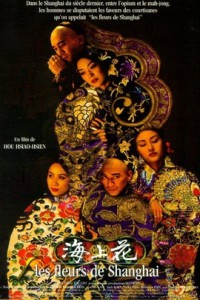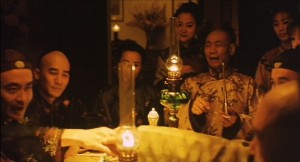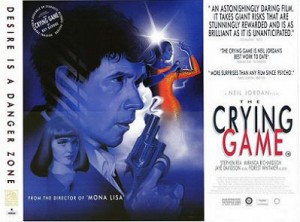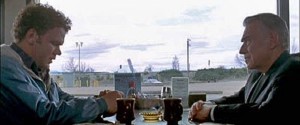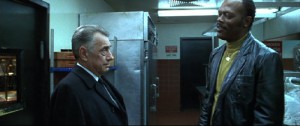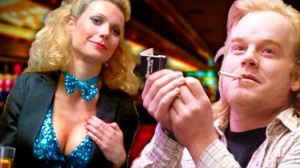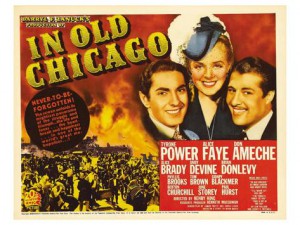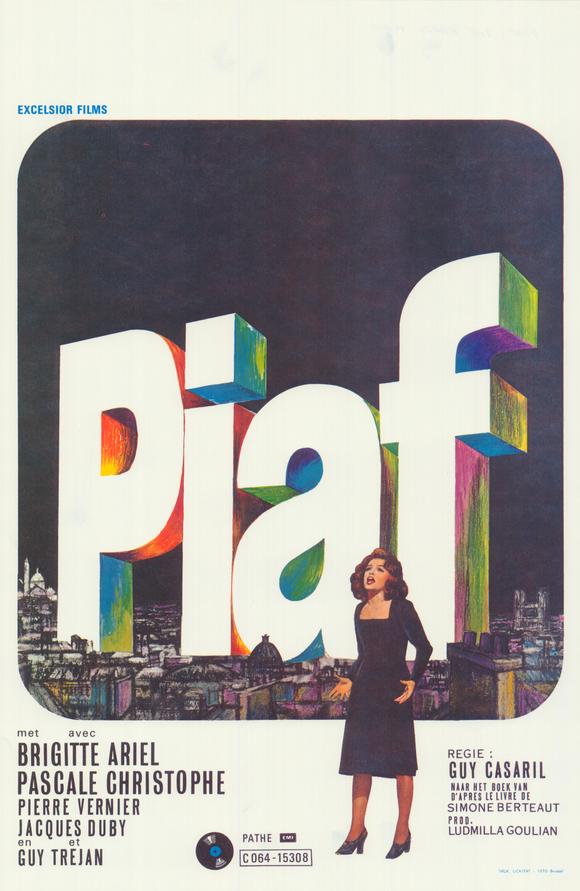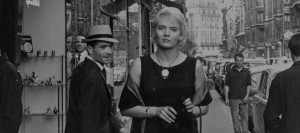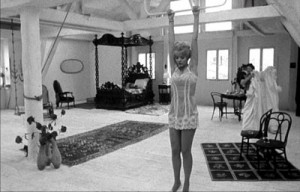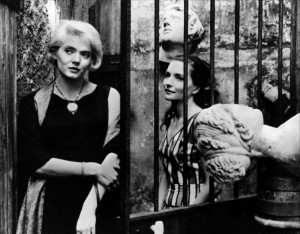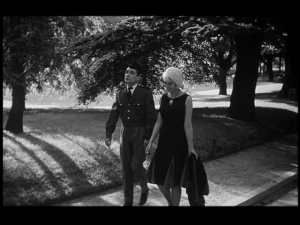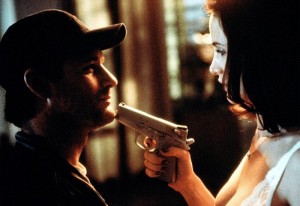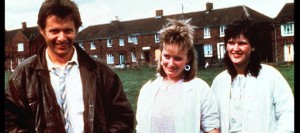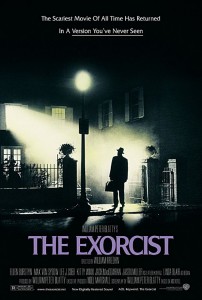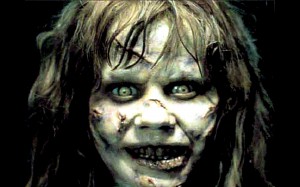From the February 12, 1998 Chicago Reader.
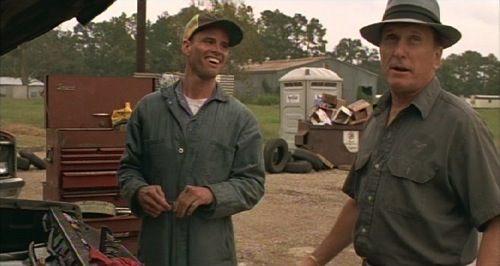
Robert Duvall is the writer, director, executive producer, and star of this commanding 1997 portrait of a southern Pentecostal preacher, but far from being any sort of one-man show, this feature is powerful mainly for what it has to say about a community and a way of life. Duvall’s character is a troubled and troubling scoundrel who critically assaults a younger preacher (Todd Allen) who’s taken his wife (Farrah Fawcett), then hightails it from Texas to Louisiana in flight from the law to start a new congregation. He remains a morally ambiguous figure throughout, but in defiance of the usual Elmer Gantry stereotype, the film never questions the sincerity of his religious beliefs. The fact that he’s inspired by black preachers and preaches to integrated (but mainly black) congregations only adds to the complicated response we’re invited to have, though Duvall’s direction of a mix of professional and nonprofessional actors, especially in the extended church sessions, is never less than masterful. His gifts for storytelling are more uneven but, under the circumstances, less relevant. A fresh and open-minded look at a major strain in American life that’s rarely depicted with any lucidity, this is an invigorating achievement. Read more

